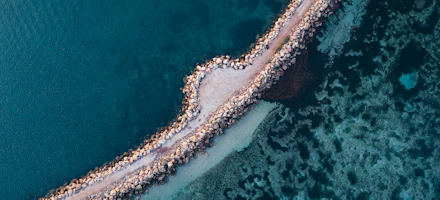
The Loop Walk
The challenging yet spectacular Loop Walk highlights the erosive power of the Murchison River, which has carved magnificent gorges through the landscape.
This Class 4, 8km hike takes you along the edge of the cliff, with views across the river, before working its way down to the river bank. Here, you can find sandy beaches, river gums and possible swimming areas, before the trail loops around and climbs out of the gorge back to Nature's Window. Hikers should carry 3-4 litres of water per person per day, wear a hat, loose clothing and sturdy footwear - there is no drinking water and limited shade along the trail.
Need to know
Distance: 8km.
Difficulty: Class 4 hike . Paths are often rough with few, if any, modifications. A moderate to high level of fitness is required and users should be self-sufficient as there are often few encounters with others. Weather can affect safety. Always bring more water than you think you will need.
Gradient: Some steep sections and uneven surfaces.
Experience: Bushwalking experience is recommended.
Time: Allow a minimum of 3-4 hours.
Best time to visit: May to October, when it is cooler. It is recommended to avoid this hike in hot weather. Note: due to heat, the Loop Trail is closed after 7am from November to March inclusive.
Getting there: Access to the hike is via Nature's Window Carpark.





























